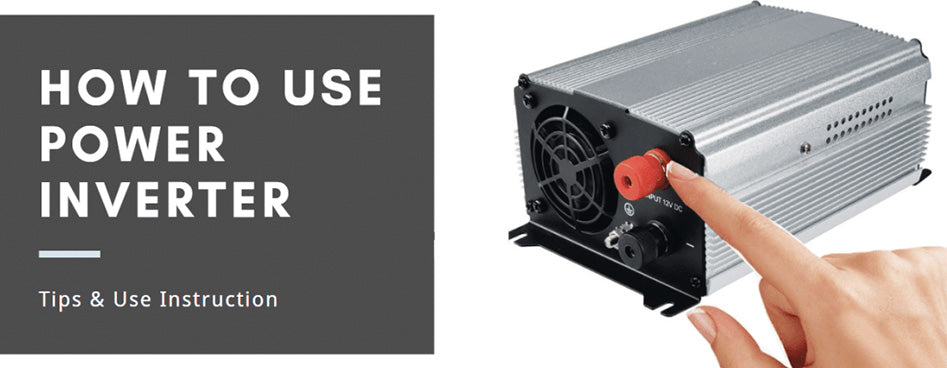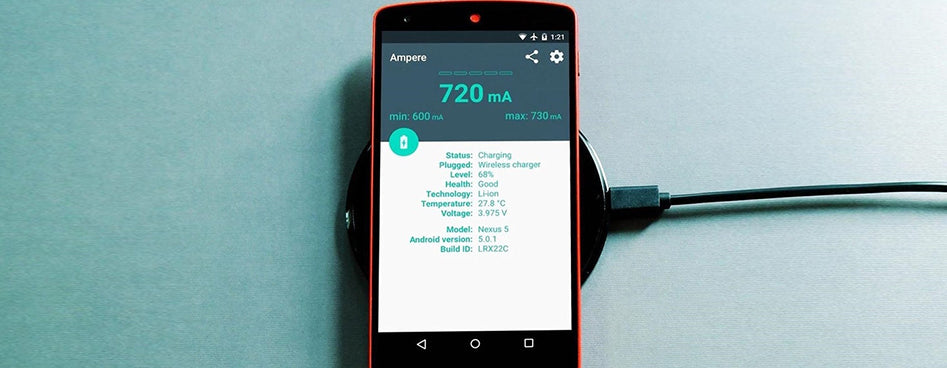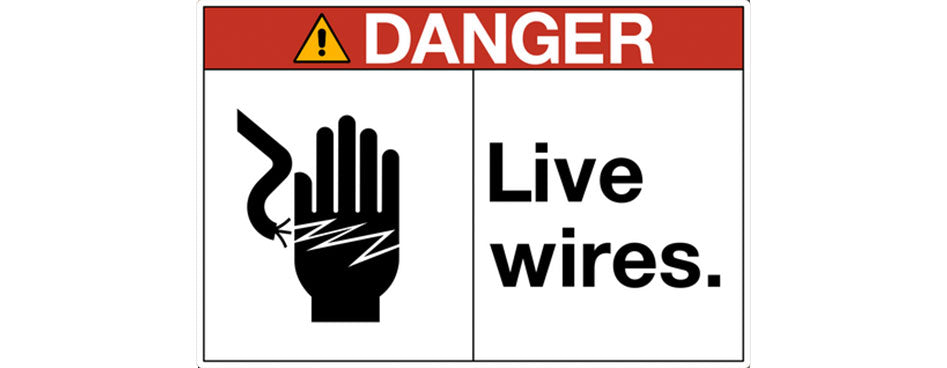Power inverters are essential devices that allow you to convert DC power from your vehicle's battery into AC power to run household appliances and electronics. However, using power inverters improperly can lead to electrical burns, which can cause severe damage to your skin and tissue. In this blog post, we'll discuss the causes and symptoms of electrical burns and provide practical tips on how to safely use power inverters.
What are Electrical Burns?
Electrical burns occur when an electric current passes through the body, causing damage to the skin and underlying tissues. Electrical burns can range from minor burns to severe tissue damage and can be life-threatening in some cases.
Preventing Electrical Burns:
To prevent electrical burns when using power inverters, it's essential to follow these safety tips:
- Choose the Right Inverter: Ensure that the power rating of your inverter matches the power requirements of the device you want to power. Choosing an inverter with a higher power rating than necessary can increase the risk of electrical burns and other hazards.
- Use Insulated Cables: Use insulated cables to connect your inverter to the battery and the device you want to power. Insulated cables reduce the risk of electrical shock and burns.
- Keep Inverter Away from Water: Water is a conductor of electricity, and using an inverter near water can increase the risk of electrical burns and other hazards.
- Wear Protective Clothing: Wear protective clothing, such as gloves and rubber-soled shoes, when handling power inverters to reduce the risk of electrical burns.
- Turn Off Inverter Before Handling: Always turn off the inverter and disconnect it from the battery before handling it or making any adjustments.





Leave a comment
This site is protected by hCaptcha and the hCaptcha Privacy Policy and Terms of Service apply.